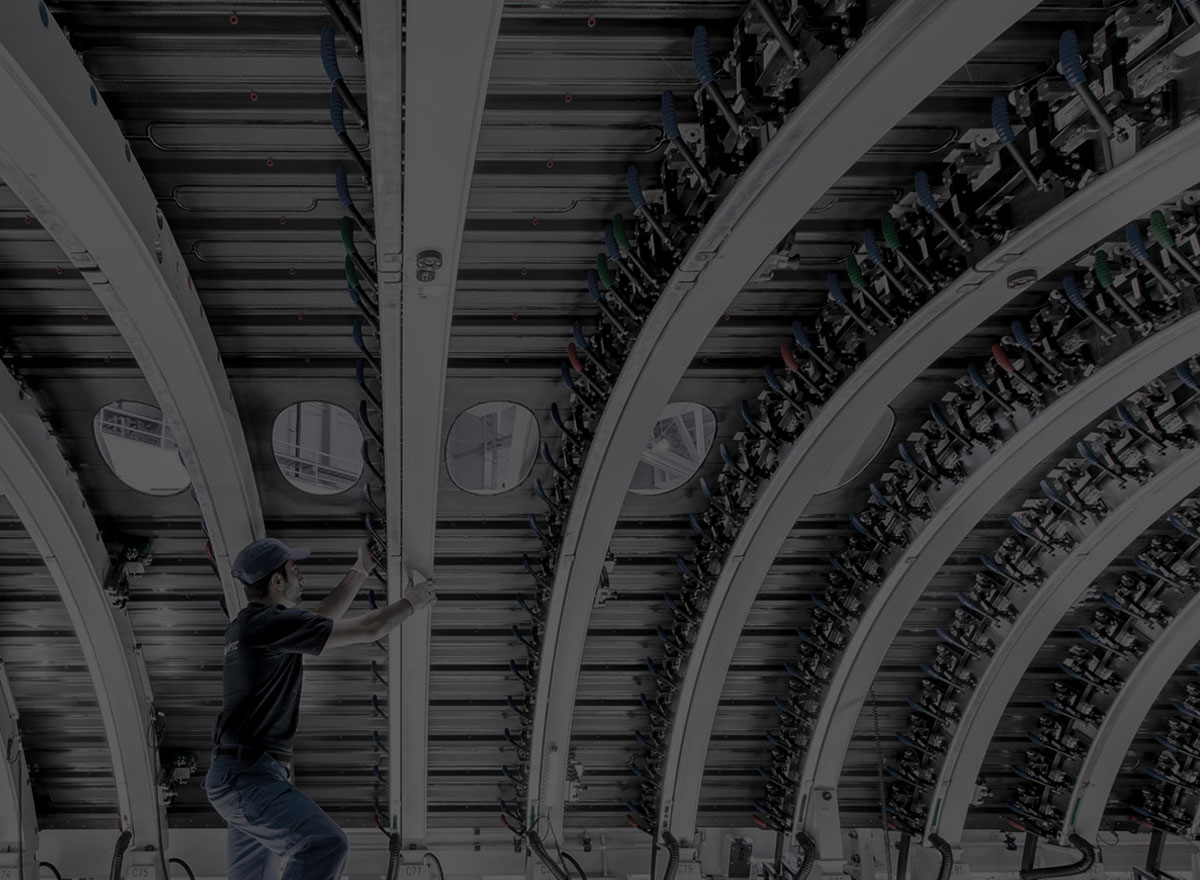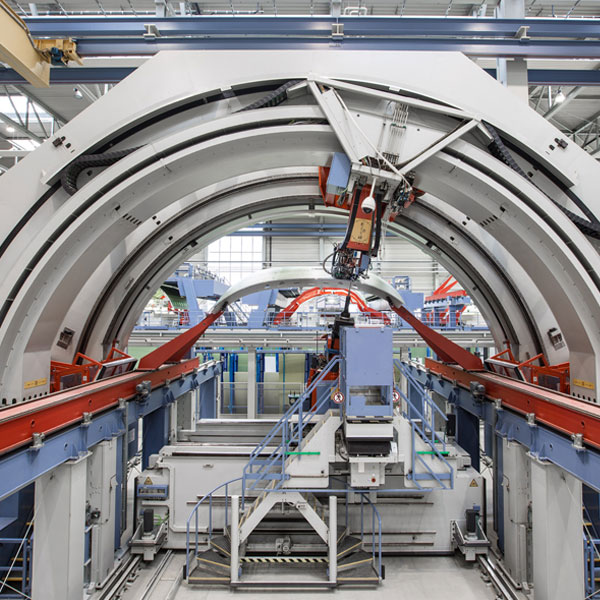Premium AEROTEC begins serial production of printed titanium components
For this production technique, which is to be used in aircraft production for the first time, Premium AEROTEC undertook extensive modernisation of an existing production facility, and this was opened at a ceremony attended by more than 250 guests and employees. During the opening ceremony Brigitte Zypries, Parliamentary State Secretary at the Federal Ministry for Economic Affairs and Federal Government Co-ordinator of German Aerospace Policy, Pilar Albiac-Murillo, Head of Operations for Airbus Defence and Space, and Dr. Klaus Richter, Chairman of the Board of Airbus in Germany and Chairman of the Supervisory Board of Premium AEROTEC, switched on three printers one by one. They thereby launched serial production of a double-walled pipe elbow for the A400M's fuel system. Once qualification under aviation law has been completed, Premium AEROTEC will shortly start to supply these to Airbus Defence and Space. A fourth printer is available for further technology developments, a fifth one will join operations in May.
“We want to push ahead for using 3D printing technology in aircraft manufacturing,” said Dr. Thomas Ehm, Chairman of the Board of Premium AEROTEC. “This technology is breaking down the barriers of what can be produced, and when barriers are broken down, we need to be ready with our capacity for innovation to make the best possible use of the newly acquired freedom. We have to anticipate the possibilities that this will open up in our planning, and to make targeted use of them along the entire value creation chain.”
Premium AEROTEC had already been working on simplifying the previously laborious production of this double-walled pipe elbow through additive manufacturing (AM) since the end of 2014. Until now these complex components were made from individual cast parts which had to be welded together to make the required component. The use of AM brings savings in both time and costs: the reduction in production time is achieved through the former casting and welding processes being combined into a single step; savings in costs result from the reduced need for finishing. Much of the previously needed equipment can also be dispensed with.
For the aviation industry additive manufacturing is both an opportunity and a challenge, as new technology means completely new supply chains. At present Premium AEROTEC is at the centre of a comprehensive network of plant manufacturers,suppliers for materials, and research institutions, and is extending its collaboration with these partners. So, for example, the company recently signed cooperation agreements with the parts supplier MBFZ toolcraft from Bavaria's Georgensgmünd, with the Hofmann Innovation Group, with Concept Laser in Lichtenfels and with C.F.K innoshape in Kriftel. A particular focus of this increased collaboration is the rapid industrialisation of laser sintering for application in the aviation industry and qualification for the supply of laser sintered parts to Premium AEROTEC. Working with Norwegian parts supplier Norsk Titanium AS, the company, in collaboration with Airbus, is currently testing the industrial processing of titanium slugs manufactured using additive manufacturing, the contours of which already closely resemble those of the final component. The results are an interim step towards the process achieving industrial maturity.
3D metal printing, also known as metal laser sintering, is an additive manufacturing process. For this, the construction data for the manufacture of components is broken down into cross-sections. In the subsequent sintering process they are built up one on top of the other as the component grows in height. During this process a laser melts the material to be processed into a powder form, and, as this hardens, a component is built up layer by layer. The benefits of this process are obvious: the manufacturing of complex geometries, the processing of difficult to machine materials and the tool-free production of components in the shortest possible time with minimum waste material. In additive manufacturing the component is essentially produced by adding material. The opposite process is the currently widespread machining in which all extraneous material is removed.
Premium AEROTEC generated revenues of around 1.9 billion euros in 2014. The company’s core business lies in the development and production of metal and carbon fibre composite aircraft structures. The company has manufacturing sites in Augsburg, Bremen, Nordenham and Varel in Germany, as well as in Braşov in Romania.


